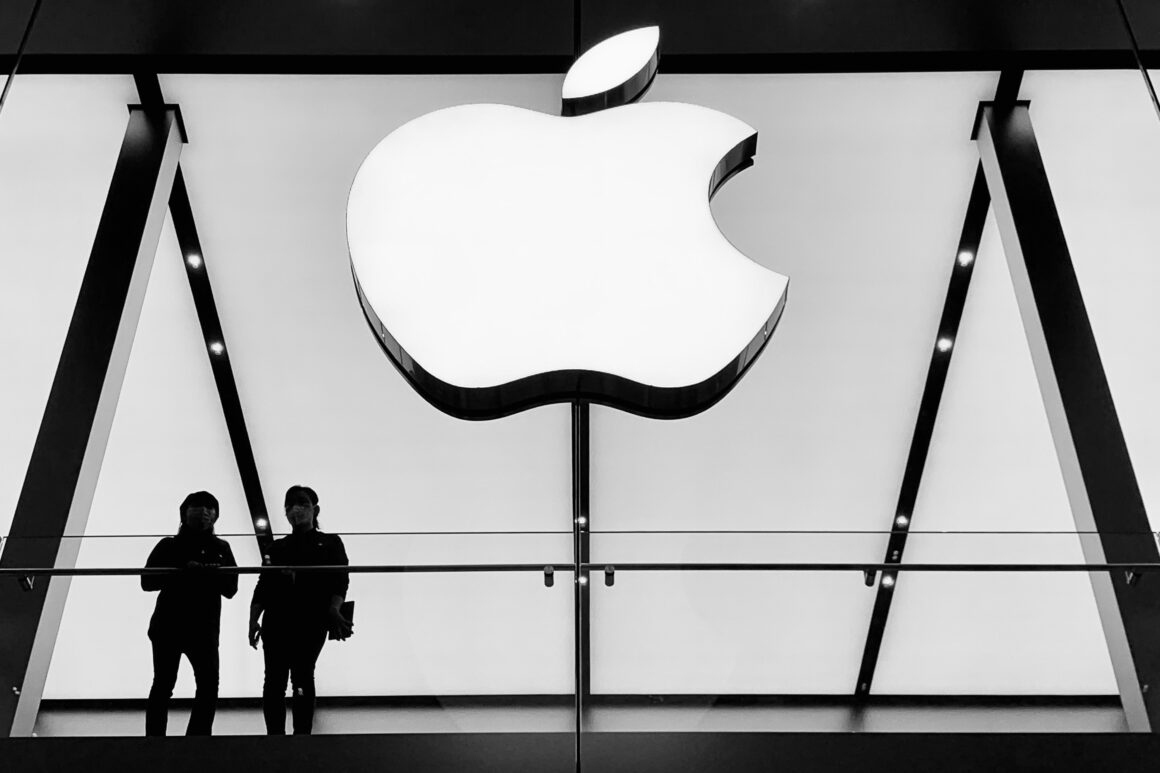Apple reportedly had lofty goals for the A16 Bionic’s GPU in the iPhone 14 Pro, including ray tracing functionality, but was forced to resort to a design based on the older A15 Bionic. This was because a serious issue with power consumption was uncovered during the last stages of the SoC’s development. This is an unprecedented setback for the company’s SoC team, which is being blamed on recent layoffs and legal action.
The A16 Bionic SoC included in the Apple iPhone 14 Pro employs a 5-core GPU that is not drastically different from the GPU found in the A15 Bionic in the iPhone 13 Pro. Using a TSMC 4 nm fabrication process, the new A16 5-core GPU has enhanced memory bandwidth thanks to LPDDR5 memory. Still, the iPhone 14 Pro’s GPU was used for more by Apple than merely increased bandwidth and efficiency.
The Information claims that Apple’s designers had intended a “generational jump” in the iPhone 14 Pro’s graphics processing unit. Included in these capabilities was the ability to use ray tracing that is accelerated by hardware. This functionality is already being provided by certain ARM processors. Native hardware-accelerated ray tracing is supported by components such as ARM’s Immortalis-G715 and Qualcomm’s Adreno 740 in the Snapdragon 8 Gen 2.
Late in the development cycle, Apple discovered a problem in the design that led the Cupertino firm to go back to the GPU architecture of the A15 Bionic with some minor modifications. Software simulations revealed that the prototypes drew more electricity than anticipated. First-hand accounts suggest this may have harmed battery performance and thermals.
The Information reports that Apple typically guarantees considerable improvements generation after generation, making this misstep “unique” in the company’s history. Apple responded by reorganizing its GPU team and replacing certain management, including those who were instrumental in the company’s rise to the top of the mobile SoC market. The report goes on to say that Apple’s SoC team has struggled in recent years due to personnel drain to rival silicon firms, internal strife, and legal battles with semiconductor startups.








